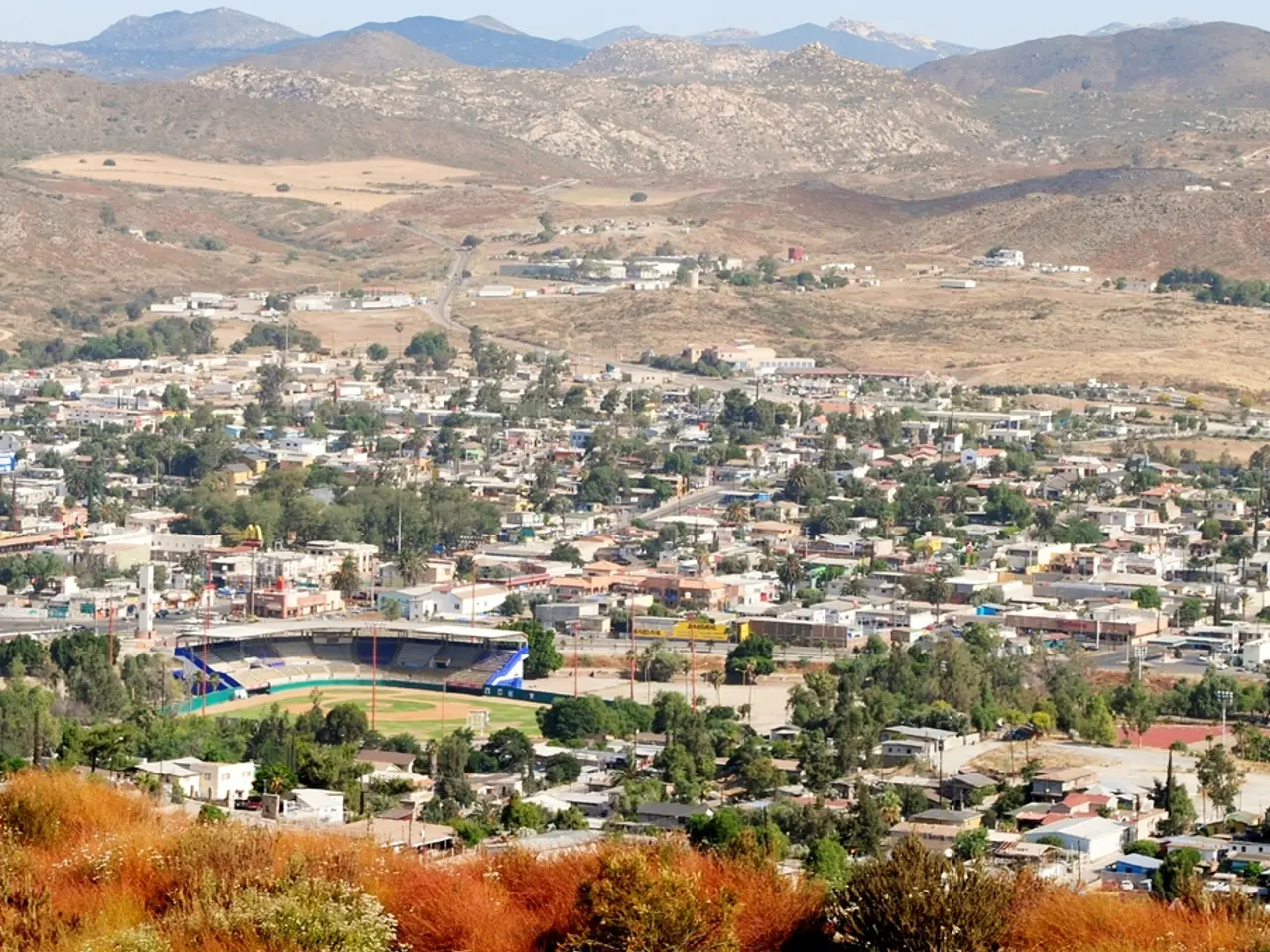Mortgage rates climb in response to falling home prices among lenders
The UK property market is experiencing a slowdown in house price growth, with the average price of a home falling for the second consecutive month, according to a report by Nationwide.
In April, the average price of a home in the UK dropped by 0.4%, bringing the current average price to £261,962. This is 4% below the peak experienced in summer 2022.
The slowdown in house price growth can be attributed to a combination of factors. One of the key reasons is the increase in mortgage rates, which has increased borrowing costs and reduced affordability for potential buyers. This has put downward pressure on prices as buyers can afford less.
Another factor is the changes in stamp duty tax, introduced in the October 2024 Budget. These changes have caused a surge in transactions before April 2025 and then a sharp decline in activity afterward, distorting normal price trends.
The greater supply of homes for sale, especially in southern England, has also played a role in the slowdown. This has created a buyer’s market, limiting price growth or causing price falls. However, some listed properties are "zombie listings" (homes relisted after failing to sell), which can give a misleading impression of supply and market momentum.
Economic stagnation and cost pressures such as high taxes, inflation, and a weakening economy have also reduced buyers’ confidence and ability to pay higher prices. Despite these pressures, some regions still see modest annual price gains, but overall growth rates have slowed significantly.
The Bank of England is theorized to be considering cutting interest rates, which may impact mortgage pricing in the future. However, the current pace of house price growth is lower than it was in the same month last year.
The high cost of mortgages is forcing some potential buyers to rent instead of buying homes. This is particularly affecting first-time buyers, who have delayed their plans to purchase a property within the next five years due to high mortgage costs.
The slowdown in house price growth is not affecting all areas equally. While urban areas are seeing a decline in prices, rural areas continue to see price increases.
Halifax, a lender, announced an increase of 0.2% in the cost of its mortgage range, adding to the pressure on potential buyers. Mark Harris, chief executive of mortgage broker SPF Private Clients, stated that borrowers will have to get used to paying more for their mortgages.
Around 1.6 million existing borrowers in the UK have relatively cheap fixed deals that will be expiring this year, which could further impact the market as they look to secure new mortgages at higher rates.
Despite the current challenges, it is important to note that the slowdown in house price growth may be temporary. The Bank of England's potential interest rate cuts could have a significant impact on the market in the future.
Sources:
- The Guardian
- BBC News
- Financial Times
- The Telegraph
- The Times
Investors may find the current UK housing market less attractive due to the slowdown in house price growth and the increase in mortgage rates, which has increased borrowing costs for potential buyers. The changes in stamp duty tax and the greater supply of homes for sale, especially in southern England, have also contributed to this slowdown, creating a buyer’s market. On the other hand, the slowdown is not affecting all areas equally, with rural areas continuing to see price increases.




